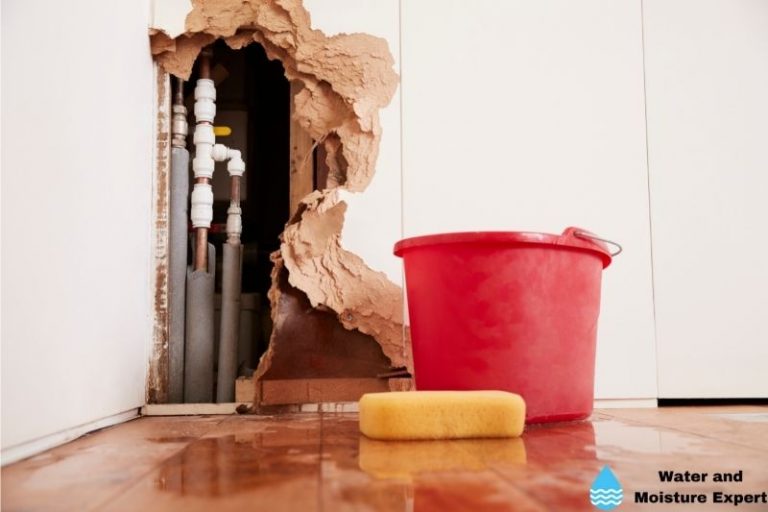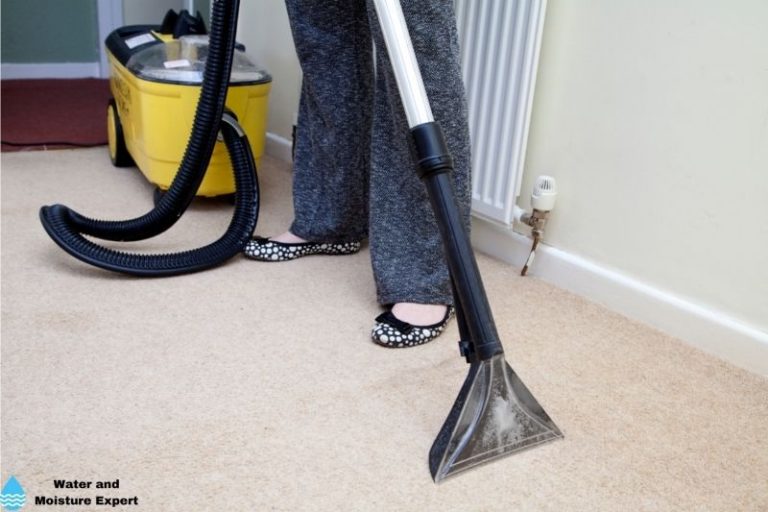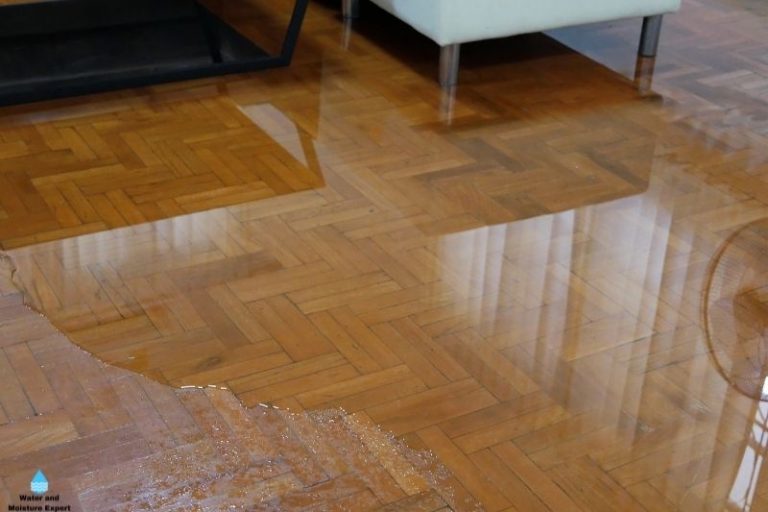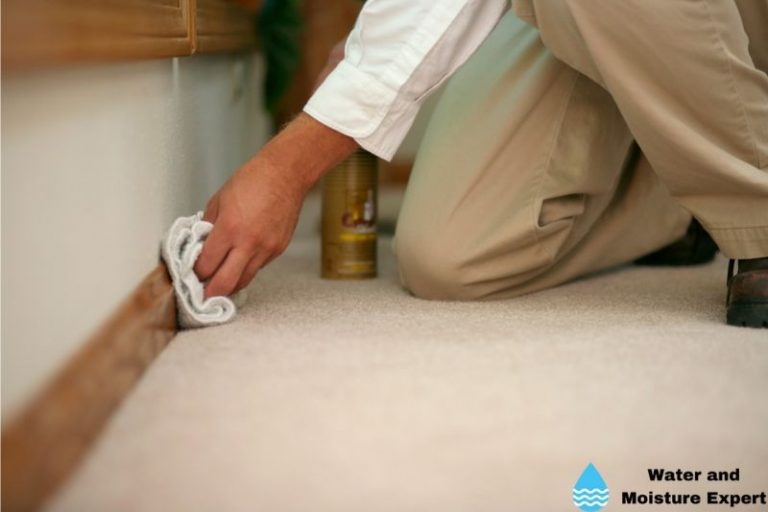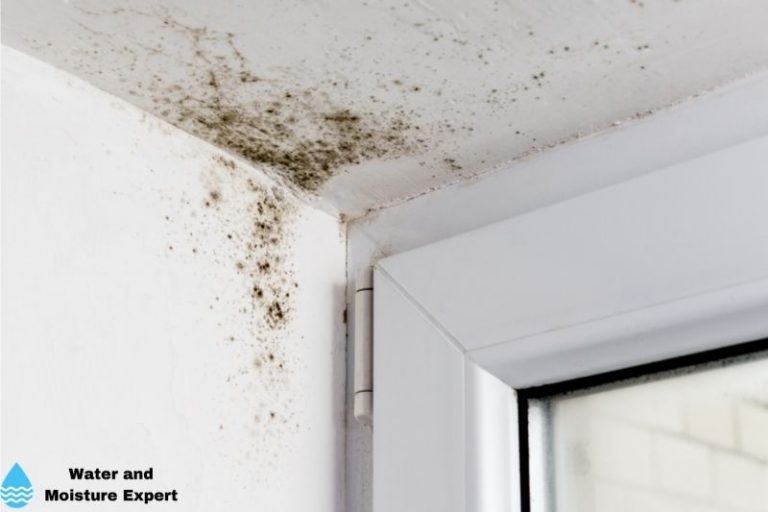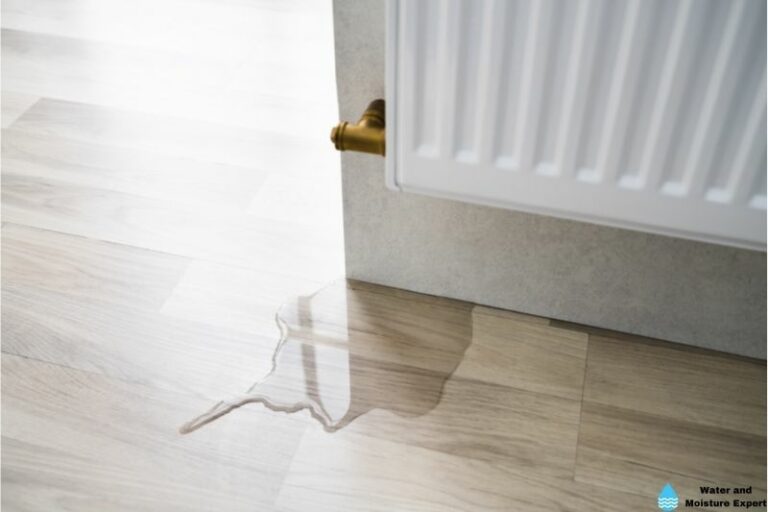Carpet Mold. Tips from Professionals
Mold is one of the most prevalent effects of carpet water damage. Sadly, it often doesn’t happen overnight and thus takes a while before you notice its detrimental effects. To keep your carpets safe from molds, it is advisable to check around for molds regularly.
Carpet mold:
There are several signs of carpet mold, like mold stains, smell, moisture, and backside mold signs. With the right conditions, mold can start in your carpet in 24 hours, but it takes at least 3 days before it is visible. You can remove mold yourself with proper ventilation and proper cleaning. Regularly check for mold, and ensure you prevent it.
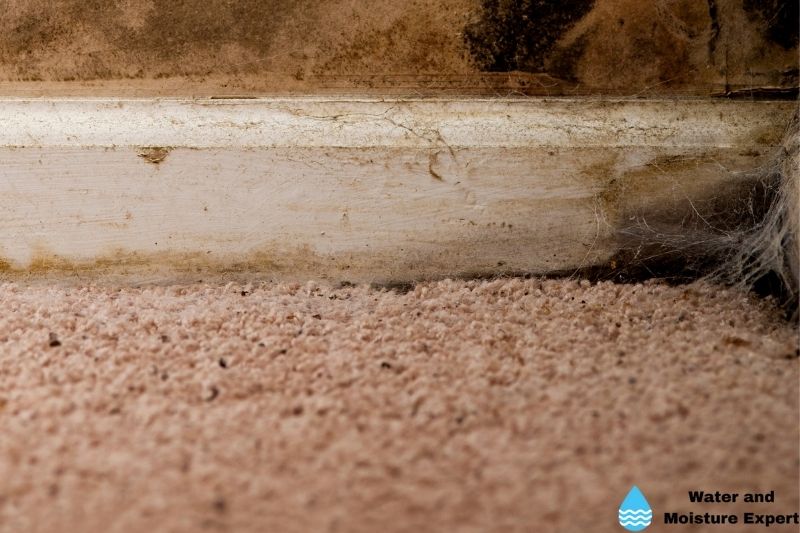
In this article, I will explain in more detail how to check for mold. How you can get it out of your carpet, and how you can prevent mold growth.
Contents
- 1 How Do You Check for Mold in Carpet?
- 1.1 ● Check for Mold in Carpet Step 1: Mold stains
- 1.2 ● Check for Mold in Carpet Step 2: Smell
- 1.3 ● Check for Mold in Carpet Step 3: Moisture
- 1.4 ● Check for Mold in Carpet Step 4: Backside mold signs
- 1.5 ● Check for Mold in Carpet Step 5: Clean and disinfect
- 1.6 ● Check for Mold in Carpet: Warning
- 1.7 How Long Does It Take for Mold to Grow in Wet Carpet?
- 2 How Do You Get Mold and Mildew Out of Carpet?
- 3 Does Carpet Cleaning Remove Mold?
- 4 How to Prevent Carpet Mold
How Do You Check for Mold in Carpet?
The high humidity in carpets makes them highly susceptible to mold and mildew. These carpet molds are unpleasant and annoying besides being risky to your health. Fortunately, you can still save your carpets and restore your home to its previous. We will discuss how you can check for mold on your carpet.
● Check for Mold in Carpet Step 1: Mold stains
Assess your carpet for any circular patterns of green, red, blue, brown, or black stains. Stains are the primary indicators of mold, which makes them the ideal starting point when checking for mold in your carpets. If the stain is white, then it is mildew. The latter is often the initial developmental stages of mold, making it a reliable sign to check out when assessing your carpets for mold.
● Check for Mold in Carpet Step 2: Smell
Smell the carpet for sour or pungent musty odors, which are another indicator of mold and mildew in your carpets. However, you must be cautious when smelling your carpets for mold. The smell is harmful to your health; therefore, you shouldn’t keep your nose too close to the carpet to avoid inhaling the scent, especially for prolonged periods. Mold and mildew consist of spores that promote asthma attacks and other inspiratory issues on inhalation.
● Check for Mold in Carpet Step 3: Moisture
Feel the affected section with your hand for the presence of moisture. Moisture in a stained part of your carpet shows the presence of mold and mildew.
● Check for Mold in Carpet Step 4: Backside mold signs
Peel up the carpet from the floor, beginning with the stained area, and assess the whole backside and carpet pad for additional mold signs. Mold thrives in dark and moist places, making the lower side vulnerable. When assessing your carpet, you should pay more attention underneath and to the padding.
● Check for Mold in Carpet Step 5: Clean and disinfect
Ensure that you thoroughly clean and disinfect your floors before installing a new carpet. The source of the water damage must also be repaired to prevent similar incidents in the future. If the moldy carpet isn’t too severe, you should hire a professional to thoroughly clean and dry it before reinstallation. If you need mold home testing kits, you can find them at home improvement stores at affordable rates.
● Check for Mold in Carpet: Warning
Mold and mildew comprise spores that are dangerous to your health. Always wear gloves, breathing masks, and eye protection when assessing and cleaning mold from your carpets and floors. Besides, mold grows in high humid areas. Therefore, you must always keep your home dry and free of excessive humidity to prevent the occurrence of mold.
How Long Does It Take for Mold to Grow in Wet Carpet?
Mold thrives in dark and moist areas, including your carpet, especially underneath. One of the most popular questions homeowners keep asking is how long it takes for mold to grow in your wet carpet. While there is no specific time for mold to start growing, the conditions available – humidity levels and temperatures – determine the rate at which it starts growing.
Under ideal conditions, including optimum temperatures, moisture, and high humidity levels, mold starts developing between 24 and 48 hours. Depending on the conditions, the spores begin colonizing between 3 and 12 days, and the mold becomes visible from the 18th to the 21st day.
It is probably too late by the time you start experiencing health symptoms such as sneezing, coughing, runny nose, red eyes, headaches, breathing problems, and skin irritation. Children in these households are more susceptible to these risks as they spend most of their time playing on the carpets.
How Do You Get Mold and Mildew Out of Carpet?
After assessing your carpet and confirming, it is normal to feel frustrated. Fortunately, depending on the severity of the mold damage, you can restore your carpet by DIY. The process involves several steps as outlined below:
● Remove Mold From Carpet Step 1: Proper Ventilation
Proper ventilation and isolation of the area. After locating carpet mold in your home, the goal is to prevent further spread to the surrounding areas. Proper ventilation is an excellent step in controlling and clearing your carpet mold. With the doors closed or using plastic sheeting to protect the unaffected areas, use the fans to blow air out through a door that leads outside or an open window. Proper ventilation is more critical than isolating the area when cleaning using chemicals. Ventilation ensures that all the hazardous chemicals and spores leave the room through the air being blown out.
● Remove Mold From Carpet Step 2: Remove Mold With A Stiff Brush
Remove as much mold as possible using a stiff brush. Sweep all the visible mold, collect it into a bag, and discard it safely. A HEPA filter vacuum is the most effective choice for this task. However, the vacuum can easily carry around the spores and spread them to the other parts of the home the next time you use it. Besides, it would be best to remember that the non-HEPA vacuums are ineffective in mold remediation.
● Remove Mold From Carpet Step 3: Scrub The Affected Section
Thoroughly scrub the affected section with an effective cleaner. Bleach is neither recommended nor necessary for this task. Moreover, it would help understand that some mold types produce mycotoxins – chemical compounds detrimental to food safety and human health. To eliminate this risk, ensure that you thoroughly clean that mold and its spores from the area.
● Remove Mold From Carpet Step 4: Clean Thoroughly
Allow the carpet to clean thoroughly before re-using a HEPA filter vacuum to get rid of the remaining mold and spores.
● Remove Mold From Carpet: Additional Steps
When you have followed the four steps for mold removal, you can use one of the following methods to eliminate mold further:
- Anti-fungal coating: These products exist as spray and are readily available in hardware stores. They slow down the formation and spread of mold, making them handy during the mold remediation process.
- Baking soda and vinegar: You can also use a mixture of baking soda and vinegar to clean carpet mold in your home. While this mixture is only effective in killing specific types of mold, it is essential in getting rid of musty mold odors, leaving your home with excellent indoor air quality.
It is impossible to get rid of 100% of carpet mold regardless of the methods you choose. However, always keeping your carpet thoroughly dry to prevent further and future mold infestation is vital. Besides, you should also ensure low humidity and proper ventilation in the home, as this high humidity and optimum temperatures promote mold infestation.
Regular vacuuming is another effective way of protecting your carpets from molds. Eliminating 100% molds, you’re your carpets is challenging and requires time and constant measures discussed above for effective results. Carpet replacement makes the work easier, but the above steps should help keep your home mold-free if it isn’t an option.
Does Carpet Cleaning Remove Mold?
Carpet cleaning is an essential step in mold and spore remediation. It eliminates as much mold and spores from your carpet as possible, especially with quality cleaners. After cleaning the carpet, you should thoroughly dry it to help you further get rid of more mold and spores.
Unfortunately, it is impossible to get rid of 100% molds and spores by carpet cleaning – whether DIY or professional carpet cleaning.
However, it is advisable to clean your carpet thoroughly as soon as you locate mold on it. Doing so prevents further mold spread and helps remove as many molds as possible. With other measures such as ventilation, carpet drying, vacuuming, and carpet replacement, you will restore your home over time.
How to Prevent Carpet Mold
Removing mold from carpets and other porous or absorbent surfaces isn’t an easy task. For this reason, most mold remediation experts advise homeowners to remove, discard, and replace carpets affected by mold. It is also advisable to put adequate measures in place to prevent the occurrence of carpet mold. Some of the viable tips for preventing carpet mold include:
● How to Prevent Carpet Mold: Proper Ventilation
Proper ventilation in your home is an effective way of staying safe from mold and mildew. Besides installing an effective fan in the room, you should also keep the windows open during the day to promote air circulation on hot and sunny days. With all the humidity outside on cloudy and rainy days, it is essential to keep the windows shut to keep off the excess moisture.
● How to Prevent Carpet Mold: Dehumidification
A dehumidifier is an excellent way of controlling humidity in your home, especially at night. A dry and less humid space is less likely to encounter mold and mildew. Placing a fan beside the dehumidifier to blow dry the air around the carpet after cleaning ensures that it is thoroughly dry, thereby minimizing chances for mold growth.
You can use a residential dehumidifier, but I always recommend renting commercial dehumidifiers. They can remove a lot more water per hour than a residential dehumidifier.
● How to Prevent Carpet Mold: Addressing Sources of Moisture
Dump places are highly susceptible to mold. It would be great if you regularly check your home for any water sources and address them immediately to prevent the occurrence of mold.
● How to Prevent Carpet Mold: Vacuuming
A HEPA-filtered vacuum helps prevent and control the spread of mold in your home. Regular vacuuming eliminates about 99% of mold in your home, making it an effective preventive technique for molds and spores.
● How to Prevent Carpet Mold: Asking a professional for help
Dealing with carpet mold isn’t an easy task. Therefore, you should pay attention to preventive measures to keep your home safe from molds and their effects. And if it occurs, you should use the above remediation methods to restore your home to its initial state. If you must call a professional, then do so. It would be a great trick to ensure the efficiency and effectiveness of your mold remediation process.

